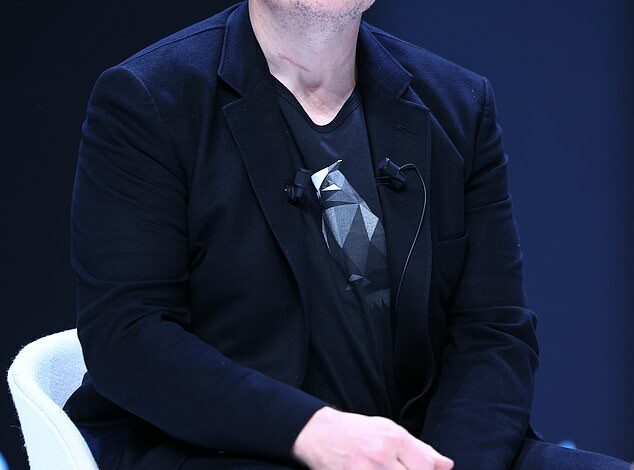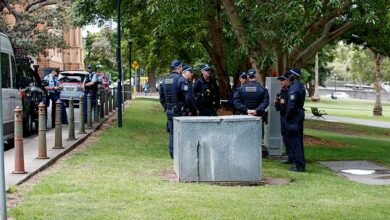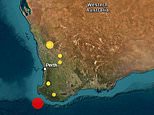NASA chooses Elon Musk’s SpaceX to rescue astronauts stranded on space station, humiliating blow for Boeing

NASA has chosen Elon Musk’s SpaceX program to rescue astronauts stranded in space.
The move is a humiliating blow for aerospace giant Boeing, whose Starliner spacecraft carried commander Barry “Butch” Wilmore and pilot Sunita “Suni” Williams to the International Space Station (ISS).
Both seasoned pilots had been stuck aboard the ISS since late June, when they arrived for what was supposed to be a week-long test flight.
The duo must now wait for SpaceX to pick them up next year, by which time they will have spent eight months in space.
Their empty Starliner capsule will undock early next month and will attempt to return on autopilot and land in the New Mexico desert.

Elon Musk’s SpaceX has been chosen by NASA to rescue two pilots trapped in the International Space Station next year

Commander Barry ‘Butch’ Wilmore and pilot Sunita ‘Suni’ Williams have been stuck on the ISS since June due to technical problems with Boeing’s Starliner

The troubled Starliner (docked to the ISS’s Harmony module) will attempt to return on autopilot next month and land in the New Mexico desert
The trip to the space station was disrupted by failures of the thrusters and helium leaks, leaving the pilots at a standstill while engineers debated how to arrange the return trip.
Former military test pilots Wilmore, 61, and Williams, 58, were the first crew members to use the Starliner when it launched to the ISS on June 5.
They will now have to wait for SpaceX’s routine taxi flight, scheduled for launch in late September.
There will be two astronauts on board, instead of the usual two for a normal six-month stay on the ISS.
There is currently a SpaceX capsule docked at the space station, but it is reserved for four other residents who have been there since March. They will return in September, after their stay was extended by a month due to the problems with the Starliner.
Another capsule, the Russian Soyuz, can accommodate three astronauts, two of whom are Russians who spend their year on the ISS.

The former military test pilots have said they have “no complaints” and that they enjoyed helping with the work on the space station

Mr. Wilmore and Ms. Williams board the ISS after boarding the Boeing Starliner on June 6
The experienced pilots said they were confident the thrust tests would go well.
During their only press conference in space last month, the two said they had no complaints and that they enjoyed helping with work on the space station.
The defective capsule is a new setback for Boeing, which has also struggled with several technical problems in the aviation sector.
Controls over production processes were tightened following the crashes of two 737 MAX aircraft: Lion Air Flight 610 in 2018 and Ethiopian Airlines Flight 302 in early 2019.
Last year, the company faced production delays after improperly drilled holes were discovered in the rear pressure bulkheads of certain aircraft.
Concerns grew further after an emergency door failed on Alaska Airlines Flight 1282 in January. The door systems were originally made by Spirit AeroSystems.
Boeing also faced allegations in April from a whistleblower engineer that the company cut corners on production of its 777 and 787 planes. The company denied claims that it failed to fill small holes in the fuselage that could cause a plane to break up in mid-air.

NASA stands by its decision to delay pilots’ return until next year

Boeing has also faced problems in the aerospace sector, including delays in production of 737 MAX planes due to design flaws.
NASA officials are sticking to their decision to delay the astronauts’ return until next year.
“A test flight is by its nature neither safe nor routine,” NASA Administrator Bill Nelson said. “And so the decision … is a commitment to safety.”
“This was not an easy decision, but it is absolutely the right one,” added NASA Deputy Administrator Jim Free.
However, Nelson stressed that NASA had not abandoned Boeing and said he is “100 percent” confident the Starliner will fly again.
A Boeing spokesman said: “Boeing remains focused primarily on the safety of the crew and the spacecraft.
“We are executing the mission as directed by NASA and preparing the spacecraft for a safe and successful unmanned re-entry.”




